Jewelry Deaccessioned from a Mid-Century Collection
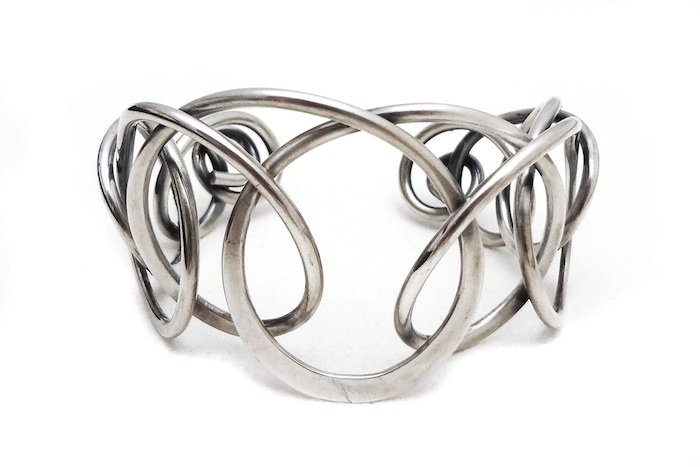
Henry Steig, Cuff. Sterling silver.
Henry Steig, USA.
1906-1973
Before turning to metalwork, Henry Steig made his living as a saxophone and clarinet player in New York. He also worked as a cartoonist and commercial artist for Life and the New Yorker during the 1930s. Steig studied painting and sculpture at the National Academy of Design. This early training is evident in his silver work, which is both primitive and biomorphic.
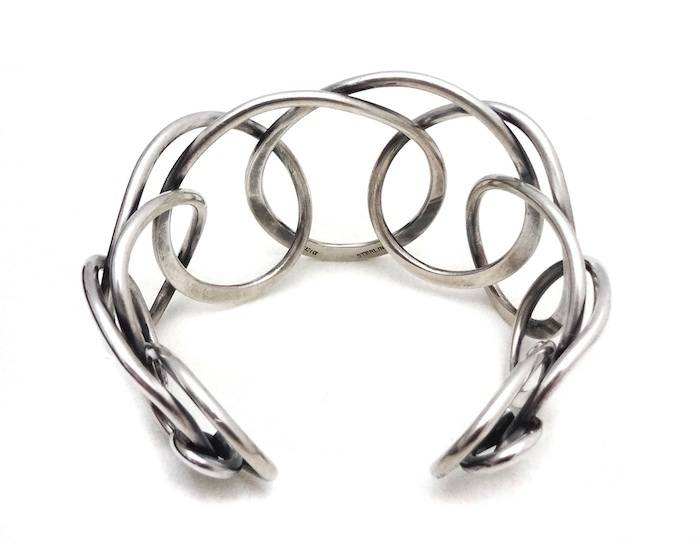
Henry Steig, Cuff. Sterling silver.
Henry Steig, USA.
1906-1973
Before turning to metalwork, Henry Steig made his living as a saxophone and clarinet player in New York. He also worked as a cartoonist and commercial artist for Life and the New Yorker during the 1930s. Steig studied painting and sculpture at the National Academy of Design. This early training is evident in his silver work, which is both primitive and biomorphic.
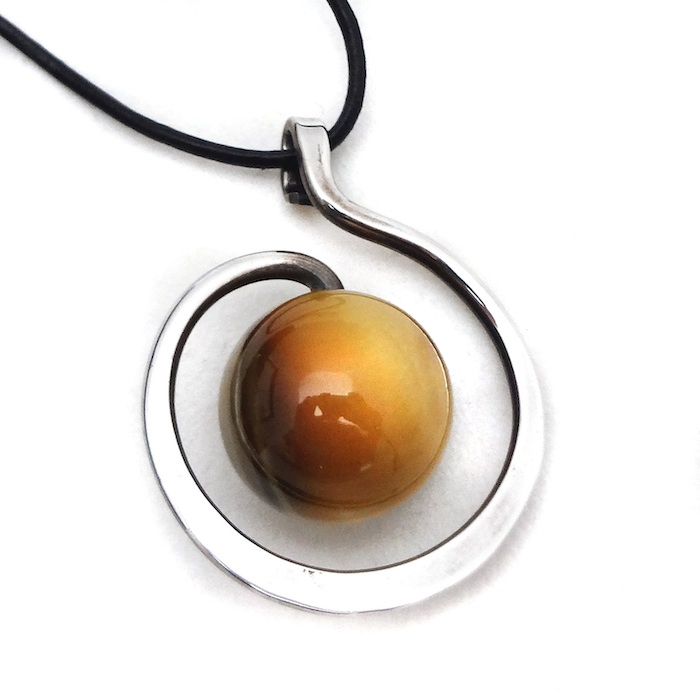
Henry Steig, Pendant. Sterling silver, tiger eye.
Henry Steig, USA.
1906-1973
Before turning to metalwork, Henry Steig made his living as a saxophone and clarinet player in New York. He also worked as a cartoonist and commercial artist for Life and the New Yorker during the 1930s. Steig studied painting and sculpture at the National Academy of Design. This early training is evident in his silver work, which is both primitive and biomorphic.
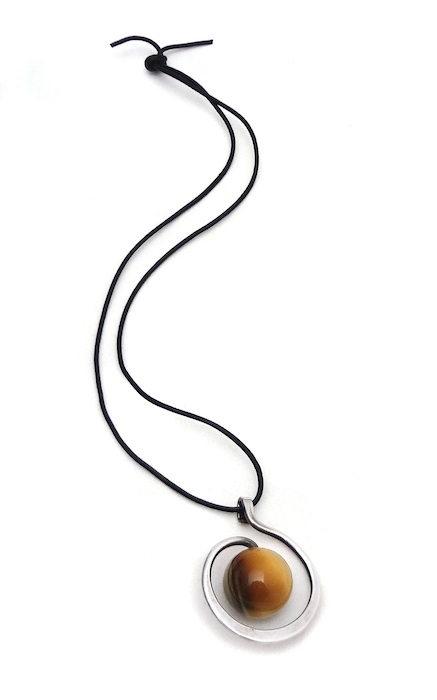
Henry Steig, Pendant. Sterling silver, tiger eye.
Henry Steig, USA.
1906-1973
Before turning to metalwork, Henry Steig made his living as a saxophone and clarinet player in New York. He also worked as a cartoonist and commercial artist for Life and the New Yorker during the 1930s. Steig studied painting and sculpture at the National Academy of Design. This early training is evident in his silver work, which is both primitive and biomorphic.
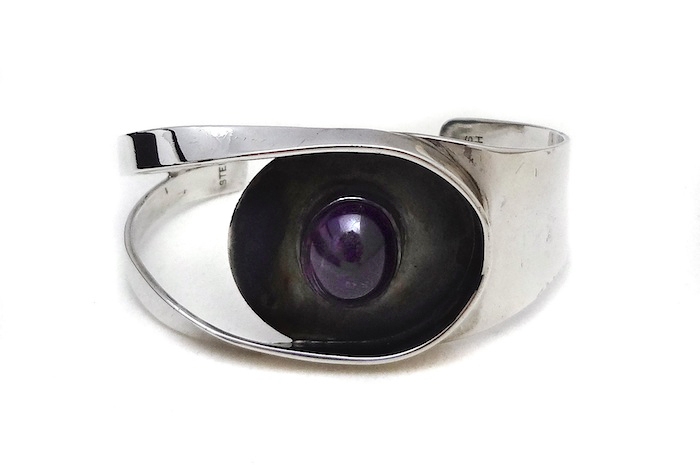
Henry Steig, Cuff. Sterling silver, amethyst.
Henry Steig, USA.
1906-1973
Before turning to metalwork, Henry Steig made his living as a saxophone and clarinet player in New York. He also worked as a cartoonist and commercial artist for Life and the New Yorker during the 1930s. Steig studied painting and sculpture at the National Academy of Design. This early training is evident in his silver work, which is both primitive and biomorphic.
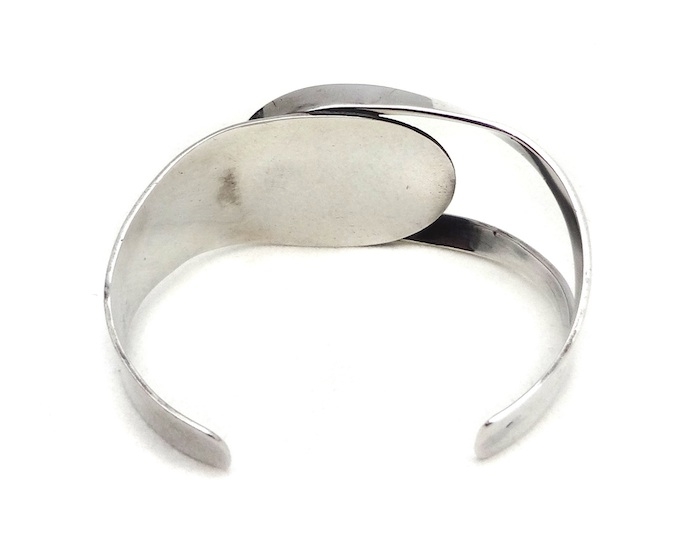
Henry Steig, Cuff. Sterling silver, amethyst.
Henry Steig, USA.
1906-1973
Before turning to metalwork, Henry Steig made his living as a saxophone and clarinet player in New York. He also worked as a cartoonist and commercial artist for Life and the New Yorker during the 1930s. Steig studied painting and sculpture at the National Academy of Design. This early training is evident in his silver work, which is both primitive and biomorphic.
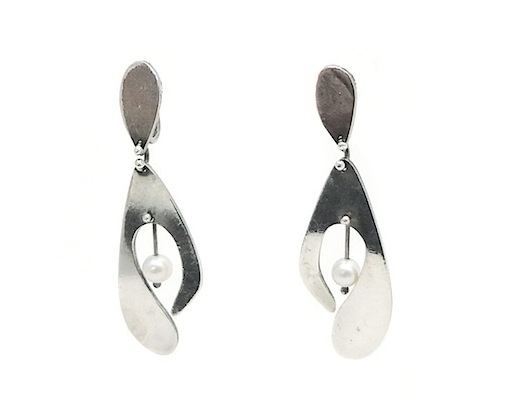
Henry Steig, Earrings. Sterling silver, pearl. Screw-back.
Henry Steig, USA.
1906-1973
Before turning to metalwork, Henry Steig made his living as a saxophone and clarinet player in New York. He also worked as a cartoonist and commercial artist for Life and the New Yorker during the 1930s. Steig studied painting and sculpture at the National Academy of Design. This early training is evident in his silver work, which is both primitive and biomorphic.
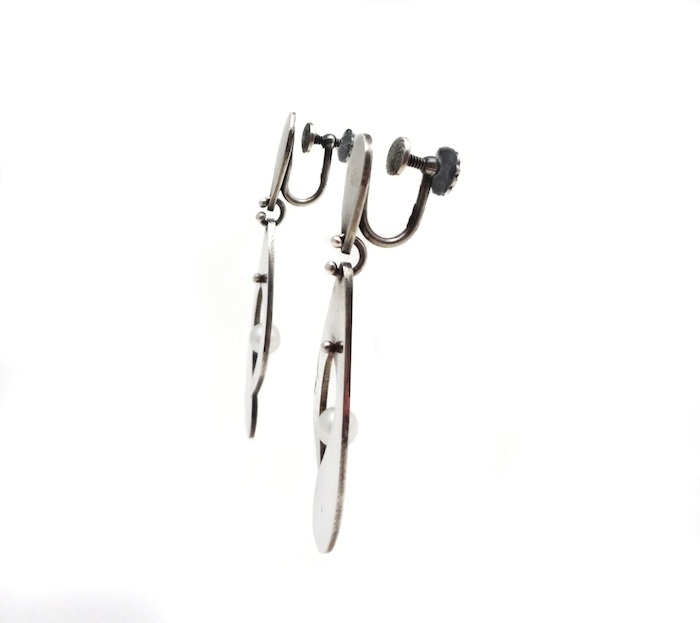
Henry Steig, Earrings. Sterling silver, pearl. Screw-back.
Henry Steig, USA.
1906-1973
Before turning to metalwork, Henry Steig made his living as a saxophone and clarinet player in New York. He also worked as a cartoonist and commercial artist for Life and the New Yorker during the 1930s. Steig studied painting and sculpture at the National Academy of Design. This early training is evident in his silver work, which is both primitive and biomorphic.
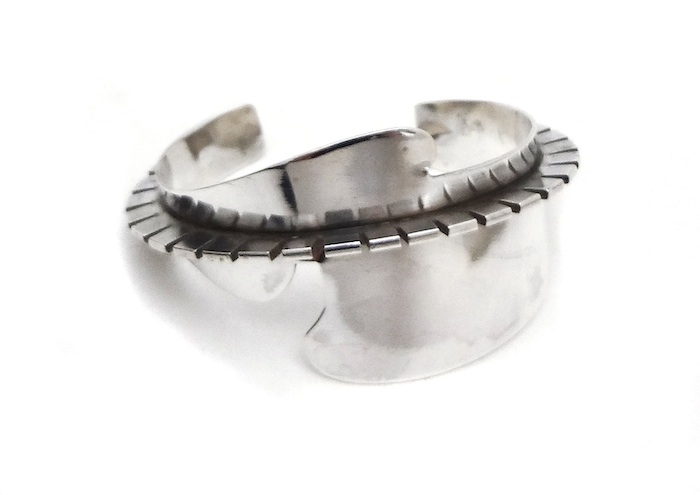
Henry Steig, Cuff. Sterling silver.
Henry Steig, USA.
1906-1973
Before turning to metalwork, Henry Steig made his living as a saxophone and clarinet player in New York. He also worked as a cartoonist and commercial artist for Life and the New Yorker during the 1930s. Steig studied painting and sculpture at the National Academy of Design. This early training is evident in his silver work, which is both primitive and biomorphic.
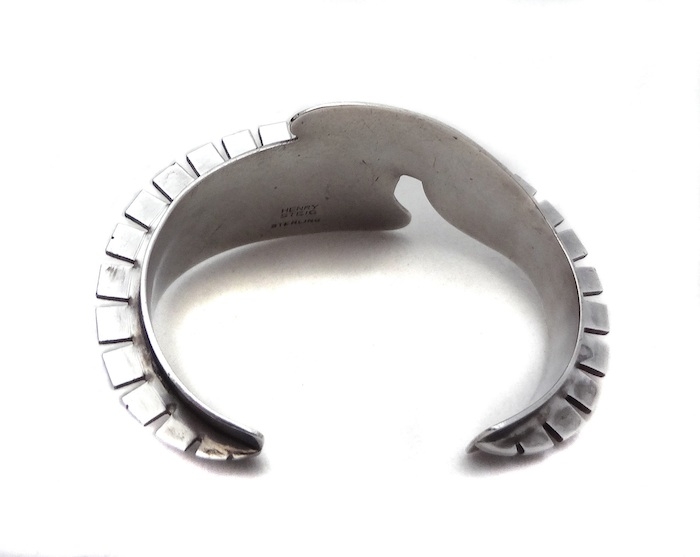
Henry Steig, Cuff. Sterling silver.
Henry Steig, USA.
1906-1973
Before turning to metalwork, Henry Steig made his living as a saxophone and clarinet player in New York. He also worked as a cartoonist and commercial artist for Life and the New Yorker during the 1930s. Steig studied painting and sculpture at the National Academy of Design. This early training is evident in his silver work, which is both primitive and biomorphic.
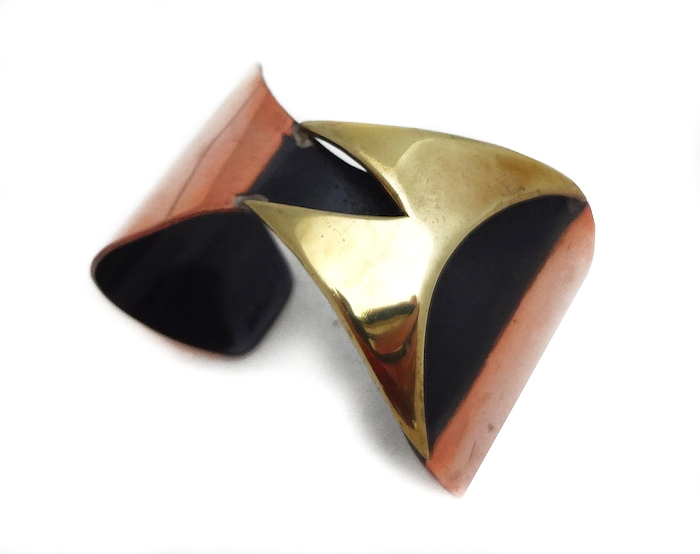
Art Smith, Cuff. Copper, brass.
Art Smith, USA. 1917-1982
Art Smith's jewelry combined a primitive sensibility, a taste for the dramatic, and a preference for Biomorphic forms. An African-American, he continually made reference to his roots through the use of symbols recalling those used in tribal jewelry as well as through specific appropriations of the Vai and Nsibidi scripts of West Africa.
He viewed the human body as an armature for his jewelry, and he considered his jewelry incomplete sculptural expression until it was related to the human structure. This inventive combination of tribal naivete and cosmopolitan sophistication made Smith's work distinctive amongst Modernist Jewelers.
-Toni Greenbaum, Messengers of Modernism
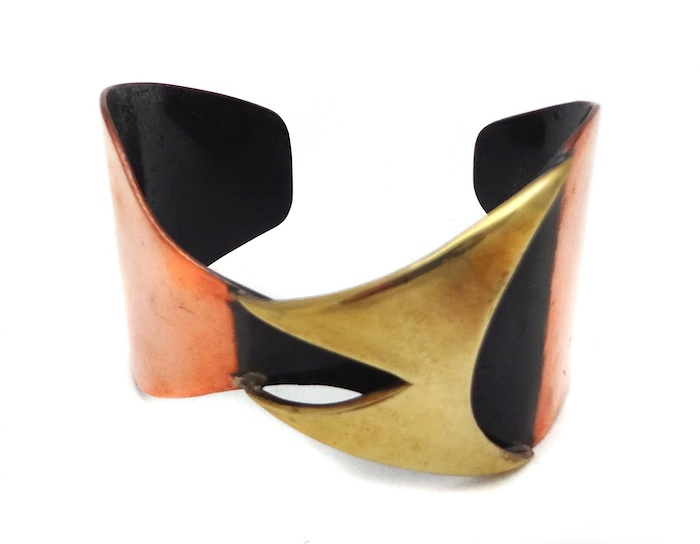
Art Smith, Cuff. Copper, brass.
Art Smith, USA. 1917-1982
Art Smith's jewelry combined a primitive sensibility, a taste for the dramatic, and a preference for Biomorphic forms. An African-American, he continually made reference to his roots through the use of symbols recalling those used in tribal jewelry as well as through specific appropriations of the Vai and Nsibidi scripts of West Africa.
He viewed the human body as an armature for his jewelry, and he considered his jewelry incomplete sculptural expression until it was related to the human structure. This inventive combination of tribal naivete and cosmopolitan sophistication made Smith's work distinctive amongst Modernist Jewelers.
-Toni Greenbaum, Messengers of Modernism
- IMAGES:
- /
This collection represents work made from the early 1950’s and 1960’s. The pieces are in excellent condition and show no signs of wear. The artists are all well established and have work in museum collections throughout the world.